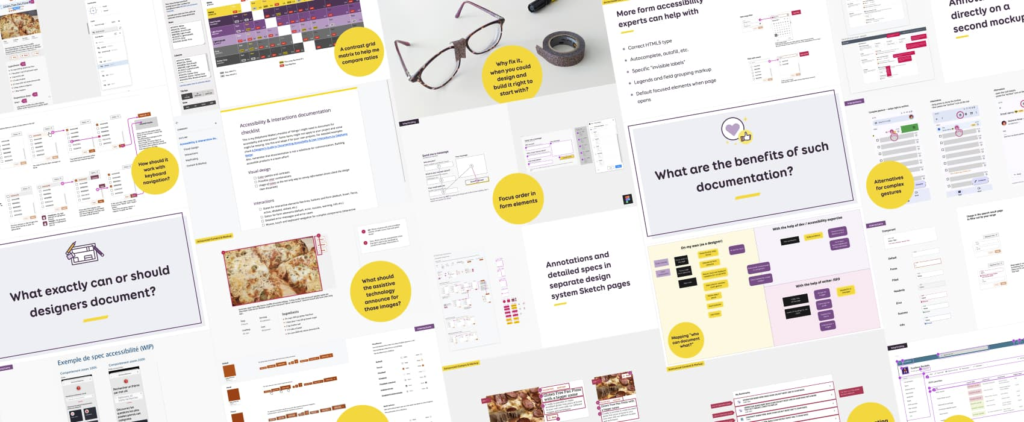
Establishing a set of design principles for a project or brand can help teams create more consistent user experiences. They aid decision-making and make it easier to keep the product aligned. If you plan to establish a set of design principles for your product, we came across useful resources that will help you get started.
Ben Brignell curates an open-source collection of 195 design principles and methods. It features both heuristic design principles and design principles developed by companies specifically for their products. All of them are searchable and tagged, from hardware and infrastructure to language and organizations.



 Over the last week or so, the discussion “should we continue to support IE6” has been gaining more and more momentum. Digg, Mashable, Techcrunch and other websites ran features about why IE6 should be given the boot, websites like facebook and youtube are starting to phase out the browser, hinting users to upgrade their browser.
Over the last week or so, the discussion “should we continue to support IE6” has been gaining more and more momentum. Digg, Mashable, Techcrunch and other websites ran features about why IE6 should be given the boot, websites like facebook and youtube are starting to phase out the browser, hinting users to upgrade their browser. With more and more consumers spending time on the web looking for online bargains (let’s be honest, if I see a game for £27.99 online but £34.99 in shops then I wouldn’t be thinking twice either) instead of shops, companies must ask themselves if their website is not only showing the right prices, but is also usable enough to order items from.
With more and more consumers spending time on the web looking for online bargains (let’s be honest, if I see a game for £27.99 online but £34.99 in shops then I wouldn’t be thinking twice either) instead of shops, companies must ask themselves if their website is not only showing the right prices, but is also usable enough to order items from. Usability is a serious concern for many websites – what does the customer want when he arrives on your website? Does the user know where to go, what to do and how to ask questions or enquire / purchase?
Usability is a serious concern for many websites – what does the customer want when he arrives on your website? Does the user know where to go, what to do and how to ask questions or enquire / purchase? I bumped into a former student of mine this evening – pleasant surprise. We had a quick chat about work and life, and he asked me if there was a quick way to explain the Usability Heuristics to someone in his company that would not involve a lot of reference material.
I bumped into a former student of mine this evening – pleasant surprise. We had a quick chat about work and life, and he asked me if there was a quick way to explain the Usability Heuristics to someone in his company that would not involve a lot of reference material.